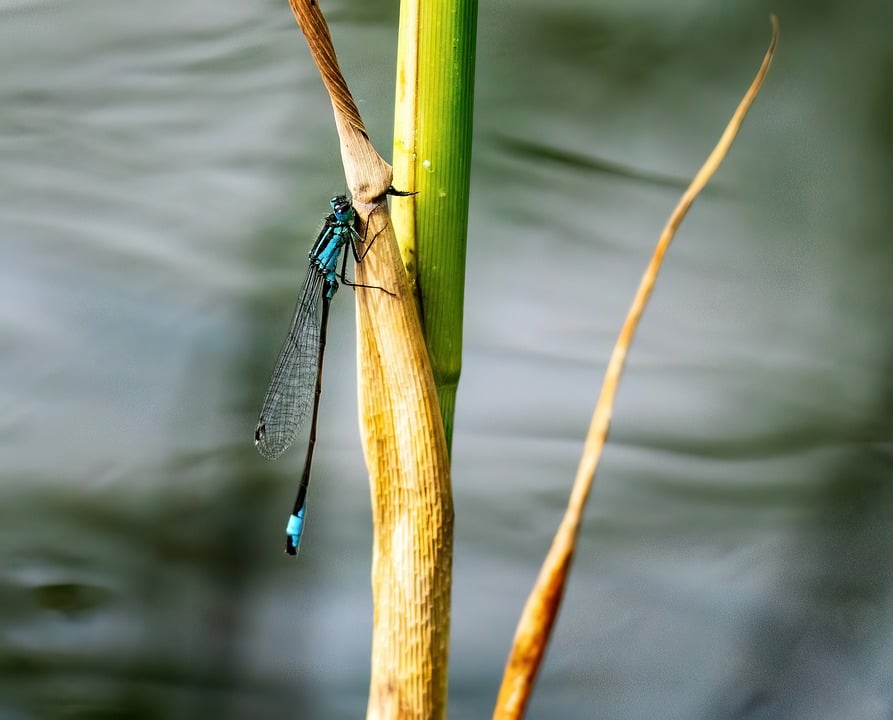[ad_1]
Black cats have long been the subject of superstition and folklore, with their dark fur and piercing eyes often associated with bad luck and witchcraft. Despite these negative connotations, black cats have a rich and fascinating history that spans centuries. From ancient Egypt to modern-day pop culture, black cats have played a significant role in shaping our cultural beliefs and perceptions. In this article, we will delve into the dark and intriguing history of black cats, exploring their role in various cultures and examining the myths and legends that surround them.
The Ancient Origins of Black Cats
The history of black cats can be traced back to ancient Egypt, where they were revered and considered sacred creatures. In Egyptian mythology, the goddess Bastet was often depicted in the form of a black cat, symbolizing protection, fertility, and the moon. Black cats were seen as guardians of the afterlife and were often mummified alongside their owners to ensure safe passage to the underworld.
During the Middle Ages in Europe, black cats began to be associated with witchcraft and were believed to be familiars of witches. Many people believed that black cats held supernatural powers and were capable of casting spells and bringing bad luck. This negative association led to the widespread persecution of black cats during this time, with many being killed in an attempt to rid society of evil spirits.
The Cultural Influence of Black Cats
Despite their tumultuous history, black cats have also been celebrated in various cultures around the world. In Japan, black cats are considered to bring good luck and prosperity, with many people keeping charms and figurines of black cats in their homes for protection. In Scotland, black cats are seen as symbols of good fortune, and finding a stray black cat on your doorstep is believed to bring wealth and happiness.
In modern popular culture, black cats are often associated with Halloween and witches, making them a common fixture in horror movies and literature. The iconic black cat, like Salem from “Sabrina the Teenage Witch” or Binx from “Hocus Pocus,” has become a beloved symbol of magic and mystery, captivating audiences of all ages.
The Future of Black Cats
Despite their enduring popularity, black cats continue to face discrimination and stigma in some parts of the world. Black cats are often overlooked for adoption in shelters due to their superstitions surrounding them, leading to higher euthanasia rates for these animals. Organizations like Black Cat Appreciation Day are working to raise awareness about the importance of adopting black cats and dispel the myths that surround them.
In recent years, black cats have found a resurgence in popularity on social media, with many users sharing photos and videos of their beloved black feline companions. This online visibility has helped to break down stereotypes and showcase the beauty and charm of black cats to a wider audience.
Conclusion
In conclusion, the history of black cats is a complex tapestry of myth and folklore that has evolved over centuries. From their sacred status in ancient Egypt to their demonization in the Middle Ages, black cats have long been a source of fascination and intrigue for people around the world. Despite the challenges they face, black cats continue to capture our imaginations and hold a special place in our hearts. By shedding light on their dark and fascinating history, we can appreciate the unique role that black cats play in shaping our cultural beliefs and perceptions.
Thank you for reading this article on the history of black cats. We hope that you have gained a deeper understanding of these enigmatic creatures and their enduring impact on society. For further exploration, we recommend checking out books and documentaries on the subject, as well as visiting your local animal shelter to support black cat adoption efforts. Remember, every black cat deserves a loving home and a chance to be cherished as the unique and magical beings that they are.
[ad_2]
